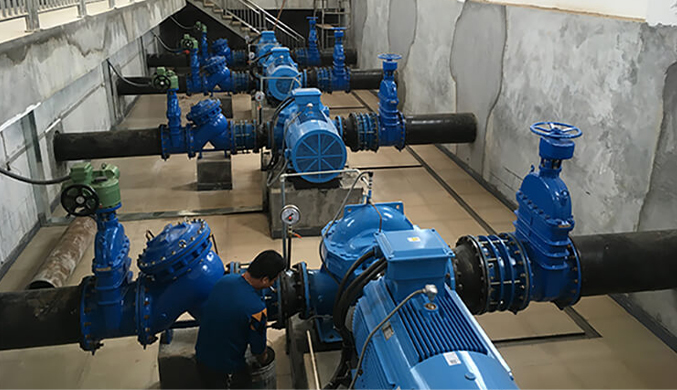English
- Afrikaans
- Albanian
- Amharic
- Arabic
- Armenian
- Azerbaijani
- Basque
- Belarusian
- Bengali
- Bosnian
- Bulgarian
- Catalan
- Cebuano
- Corsican
- Croatian
- Czech
- Danish
- Dutch
- English
- Esperanto
- Estonian
- Finnish
- French
- Frisian
- Galician
- Georgian
- German
- Greek
- Gujarati
- Haitian Creole
- hausa
- hawaiian
- Hebrew
- Hindi
- Miao
- Hungarian
- Icelandic
- igbo
- Indonesian
- irish
- Italian
- Japanese
- Javanese
- Kannada
- kazakh
- Khmer
- Rwandese
- Korean
- Kurdish
- Kyrgyz
- Lao
- Latin
- Latvian
- Lithuanian
- Luxembourgish
- Macedonian
- Malgashi
- Malay
- Malayalam
- Maltese
- Maori
- Marathi
- Mongolian
- Myanmar
- Nepali
- Norwegian
- Norwegian
- Occitan
- Pashto
- Persian
- Polish
- Portuguese
- Punjabi
- Romanian
- Russian
- Samoan
- Scottish Gaelic
- Serbian
- Sesotho
- Shona
- Sindhi
- Sinhala
- Slovak
- Slovenian
- Somali
- Spanish
- Sundanese
- Swahili
- Swedish
- Tagalog
- Tajik
- Tamil
- Tatar
- Telugu
- Thai
- Turkish
- Turkmen
- Ukrainian
- Urdu
- Uighur
- Uzbek
- Vietnamese
- Welsh
- Bantu
- Yiddish
- Yoruba
- Zulu
Telephone: +86 13120555503
Email: frank@cypump.com
Nov . 12, 2024 15:20 Back to list
submersable pumps
Understanding Submersible Pumps Functionality and Applications
Submersible pumps are essential devices that play a critical role in various fields, from agriculture and construction to waste management and residential water supply. Designed to operate submerged in the liquid they are pumping, these pumps are distinct from other types of pumps that operate above the fluid level. Their innovative design and functionality make them indispensable across numerous applications.
What is a Submersible Pump?
A submersible pump is a type of motor-driven pump that pushes fluid to the surface from a submerged position. This design typically consists of a sealed motor and a pump body encased in a durable casing that prevents water from entering. The advantages of this setup include reduced noise levels, increased efficiency, and the ability to manage higher pressures compared to other pump types.
These pumps are designed to handle a variety of liquids, including clean water, sewage, and even hazardous materials, depending on the specific model. The most common applications include dewatering, irrigation, and sewage treatment. Submersible pumps come in a multitude of designs and sizes, catering to different needs and environments.
Working Principle
The operation of a submersible pump is relatively straightforward. The motor, usually located at the base of the pump, drives an impeller that is responsible for moving the fluid. As the impeller rotates, it creates a low-pressure area that draws the fluid into the pump through an intake screen. Once inside, the impeller pushes the fluid upward toward the discharge point, where it exits the pump.
The hermetically sealed design of submersible pumps is crucial for their functionality. It prevents the entry of the liquid being pumped into the motor compartment, ensuring that the motor remains dry and functions effectively. This design also allows the pump to operate at greater depths without the risk of damage.
Advantages of Submersible Pumps
Submersible pumps offer several distinct advantages over other types of pumps. Firstly, their ability to work underwater minimizes the risk of cavitation, a common issue with surface-level pumps where vapor bubbles form and can cause damage to the pump. Secondly, submersible pumps are generally more efficient, as they do not need to draw fluid up from a well or sump basin. This results in lower energy consumption and a longer lifespan for the pump.
submersable pumps

Additionally, submersible pumps are relatively easy to install and maintain. Without the need for priming and the accompanying risks of air entering the system, these pumps require less initial setup. Regular maintenance mainly involves periodic inspections and cleaning of the impeller and intake, making them user-friendly.
Common Applications
Submersible pumps find applications in many areas
1. Residential Water Supply They are commonly used in wells to draw water for domestic use, efficiently transferring water to storage tanks. 2. Irrigation In agriculture, submersible pumps are essential for supplying water to crops, especially in areas with deep groundwater tables.
3. Construction and Industry These pumps are vital for dewatering construction sites, managing groundwater levels, and preventing flooding.
4. Wastewater Management Submersible pumps are crucial in sewage treatment facilities, where they transport effluent and sewage through treatment processes.
5. Flood Control Municipalities often employ submersible pumps to manage stormwater runoff and prevent flooding in urban areas.
Conclusion
Submersible pumps serve as a backbone in various sectors, ensuring the efficient movement of liquid from one location to another. Their design, efficiency, and versatility make them a crucial tool for both small-scale and large-scale applications. Understanding their functionality and benefits can help users select the right pump for their specific needs, ensuring reliable performance and long-term satisfaction. As technology advances, we can expect further innovations in submersible pump designs, enhancing their efficiency and adaptability in an ever-evolving landscape.
-
Heavy-Duty Mining Sludge Pumps - Wear-Resistant Slurry Handling
NewsAug.02,2025
-
Horizontal Split Case Pump with GPT-4 Turbo | High Efficiency
NewsAug.01,2025
-
ISG Series Pipeline Pump - Chi Yuan Pumps | High Efficiency, Durable Design
NewsAug.01,2025
-
Advanced Flue Gas Desulfurization Pump with GPT-4 Turbo | Durable & Efficient
NewsJul.31,2025
-
ISG Series Vertical Pipeline Pump - Chi Yuan Pumps | Advanced Hydraulic Design&Durable Construction
NewsJul.31,2025
-
ISG Series Vertical Pipeline Pump - Chi Yuan Pumps | Energy Efficient & Low Noise
NewsJul.31,2025










